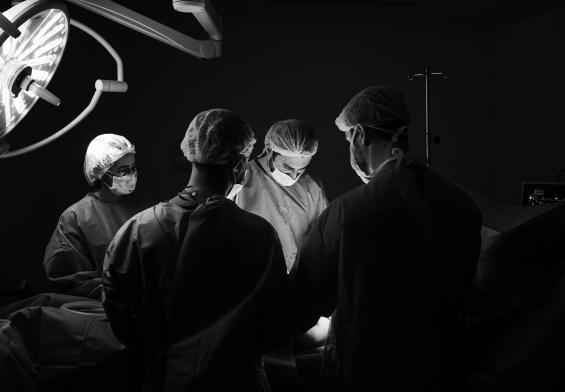Liposuction, a cornerstone in cosmetic surgery, offers a path for individuals seeking to refine and sculpt their physique by removing stubborn fat deposits that diet and exercise alone cannot conquer. This procedure, while not technically complex, requires a surgeon’s strategic planning and an artistic touch to achieve the desired aesthetic outcomes. As one of the most common cosmetic procedures, liposuction has undergone significant advancements over the years, raising questions about its safety and the technology used. Today, with the evolution of surgical techniques and equipment, liposuction is safer than ever, provided it is performed by a qualified cosmetic surgeon.
The safety of liposuction hinges on several critical factors, including the expertise of the surgeon, the quality of the surgical facility, and the health and suitability of the patient for the procedure. Qualified cosmetic surgeons undergo extensive training and certification processes to ensure they can perform liposuction safely and effectively. Despite its high safety profile, like any surgical procedure, liposuction carries potential risks, such as bleeding, infection, and nerve damage. Understanding these risks and the measures taken to mitigate them is essential for anyone considering liposuction.
The Safety of Liposuction
When performed by a qualified and experienced cosmetic surgeon, liposuction is considered a safe procedure. Surgeons undertake extensive training and must pass rigorous exams to become board-certified, a testament to their ability to safely perform liposuction and manage any potential complications. The procedure itself involves the strategic removal of fat from various parts of the body, aiming to enhance the patient’s appearance and confidence. However, like any surgical intervention, liposuction carries risks, including bleeding, infection, and nerve damage. The key to minimizing these risks lies in the surgeon’s expertise, the surgical facility’s accreditation, and the comprehensive pre-operative evaluation of the patient.
Ensuring Safety During Liposuction
A constellation of safety measures is in place to ensure the well-being of liposuction patients. These include:
- Qualified Personnel: The cosmetic surgeon and anesthesiologist must possess the necessary training and understanding of the physiological changes associated with liposuction.
- Accredited Facility: The surgical facility should be equipped to handle the procedure and any unforeseen complications, ideally being accredited by a recognized board.
- Trained Support Staff: The operating and recovery room staff should be familiar with the liposuction process and post-operative care requirements.
- Patient Eligibility: Ensuring that the patient is a suitable candidate for liposuction is crucial for a successful outcome.
Adhering to these safety pillars is non-negotiable, as deviations can lead to serious complications or even fatal outcomes. For procedures where large volumes of fat are removed, patients may be required to stay overnight for observation, underscoring the importance of a well-prepared surgical team and facility.
The Role of In-Home Care in Liposuction Recovery
Recovery from liposuction is an integral part of the journey, with in-home care playing a pivotal role in ensuring a smooth and effective healing process. Proper plan of care post-surgery can significantly impact the speed and quality of recovery, as well as the longevity of the results. Key components of in-home care include:
- Pain Management: Following the surgeon’s instructions for pain relief is essential for a comfortable recovery.
- Wound Care: Keeping incision sites clean and monitored for signs of infection is crucial.
- Activity Restrictions: Patients are advised to gradually resume activities, avoiding strenuous exercise until cleared by the surgeon.
- Nutritional Support: Adopting a balanced diet aids in healing and helps maintain the results of the liposuction.
- Follow-up Appointments: Attending scheduled follow-ups allows the surgeon to assess the healing process and address any concerns.
Ensuring a Safe and Effective Liposuction Journey
The journey to a successful liposuction procedure is paved with stringent safety measures and meticulous planning. From the initial consultation to the final follow-up, every step is designed to ensure the patient’s well-being and satisfaction with the results. The selection of a board-certified cosmetic surgeon and an accredited surgical facility is paramount, as these factors significantly reduce the risk of complications. Additionally, the patient’s role in following pre- and post-operative instructions plays a crucial role in the safety and success of the procedure. By adhering to these guidelines, patients can significantly enhance their recovery experience and the longevity of their liposuction results.
Recovery from liposuction is as important as the procedure itself, with in-home care being a cornerstone of a smooth healing process. Effective pain management, proper wound care, and adherence to activity restrictions are vital components of post-operative care that ensure a safe and speedy recovery. Moreover, maintaining a healthy lifestyle post-liposuction is crucial for preserving the results and preventing the recurrence of fat deposits. As patients navigate their recovery, they are not only transforming physically but also embarking on a journey of renewed self-confidence and well-being.




